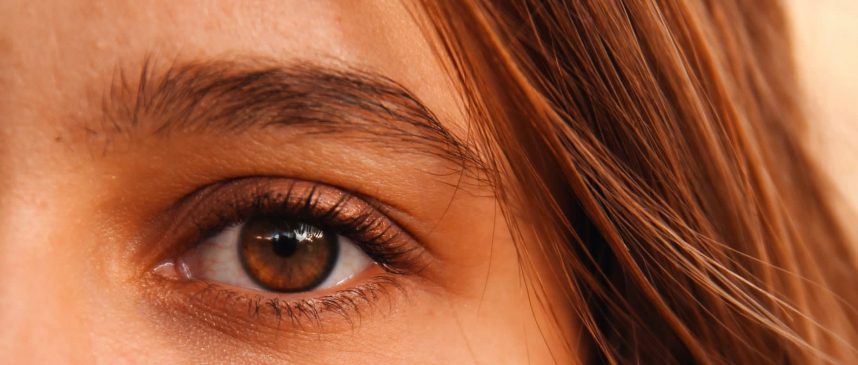Secondary cataract, also known as posterior capsular opacification, is a common complication after cataract surgery, leading to blurred vision and easily treatable with a simple laser procedure.
Secondary cataract, also known as posterior capsular opacification (PCO), is a common condition that can occur after cataract surgery. Over time, the thin membrane that holds the artificial lens may become hazy, leading to blurred vision. This typically develops months or years after the initial surgery.
Read More: Sleep deprived? 5 ways it can affect your heart health
Dr. Priyanka Singh (MBBS, MS, DNB, FAICO), Consultant & Eye Surgeon at Neytra Eye Centre, New Delhi, explains the condition further.
She states, “The term ‘secondary cataract’ is a misnomer. Many believe their cataract has returned, but in reality, it’s not a cataract. It’s referred to as a secondary cataract because its symptoms are similar.”
Why Does Secondary Cataract Happen?
Secondary cataract is a frequent complication following cataract surgery. It occurs as a result of the natural healing process, where cells from the membrane migrate to the center, causing vision problems. This condition can affect up to 50% of patients within five years of surgery.
Read More: Heavy Menstrual Bleeding: Breaking The Silence On A Common Struggle Women Face
Symptoms of PCO:
– Cloudy or blurred vision
– Glare or halos around lights
– Difficulty reading
Who Is at Risk?
Certain patients are more likely to develop PCO, including those with:
– Complicated cataract surgery due to underlying eye conditions
– Diabetes or glaucoma
– High myopia or uveitis, where the posterior capsule is already cloudy
Read More: This common morning mistake can raise your risk of head and neck cancer, study finds
Secondary Cataract Treatment
Despite its complications, secondary cataract is easily treatable. A YAG laser is used to create a small opening in the hazy membrane, a painless procedure that takes just five minutes and can be performed in an outpatient setting. Patients may feel slight pressure or see floaters, but these usually subside with medication.
Secondary cataract is a manageable complication that can be easily treated. Regular follow-ups with your eye specialist are essential to monitor any changes in vision. If you notice any symptoms, consult an eye specialist for prompt management.





































